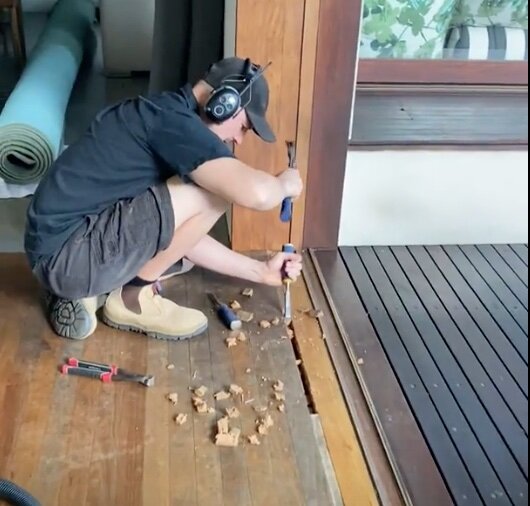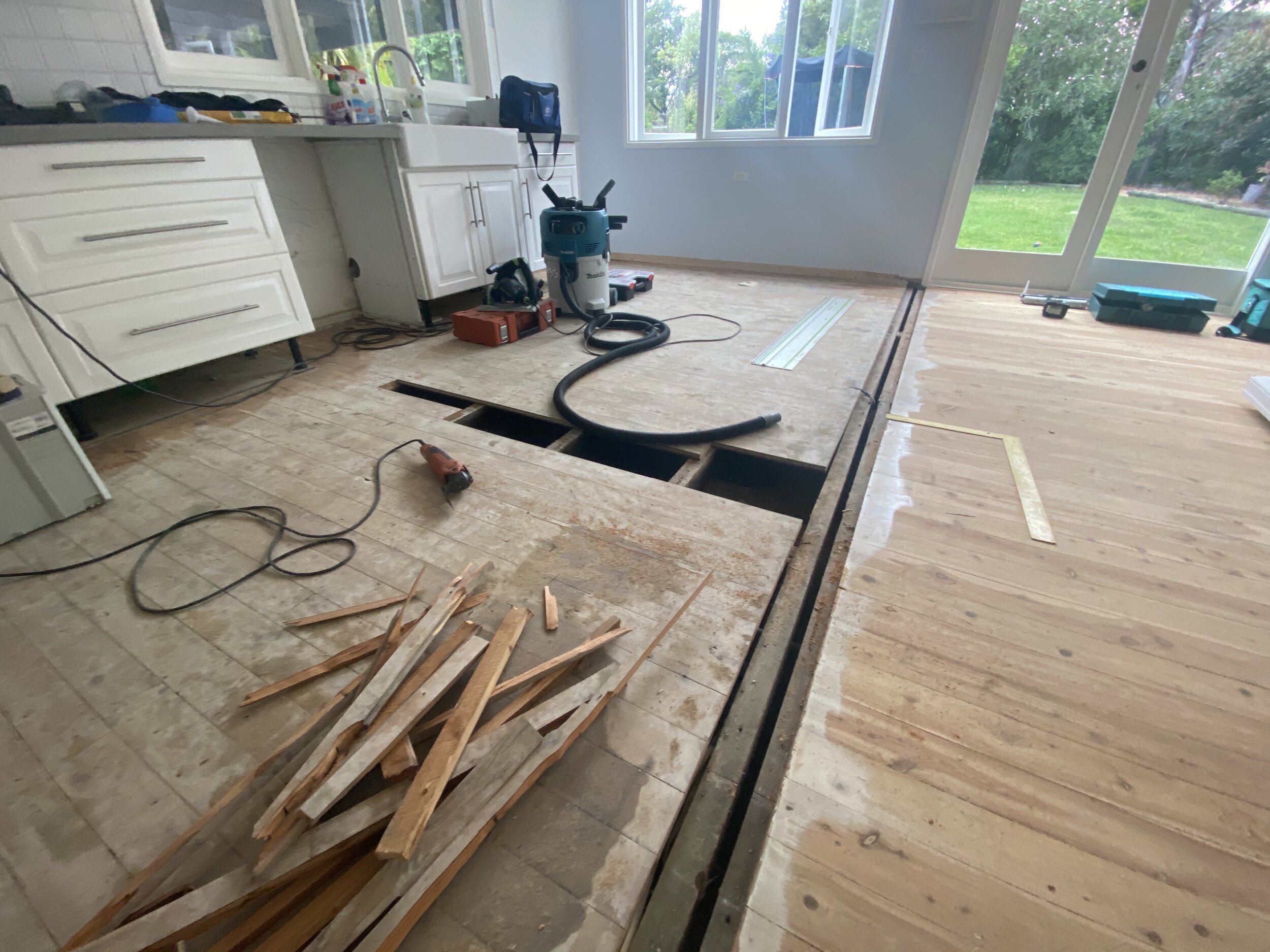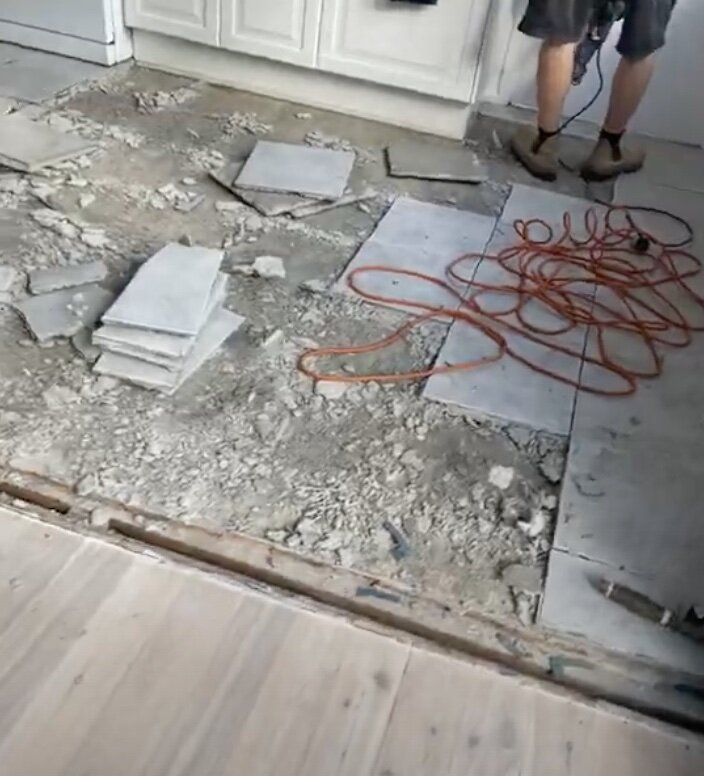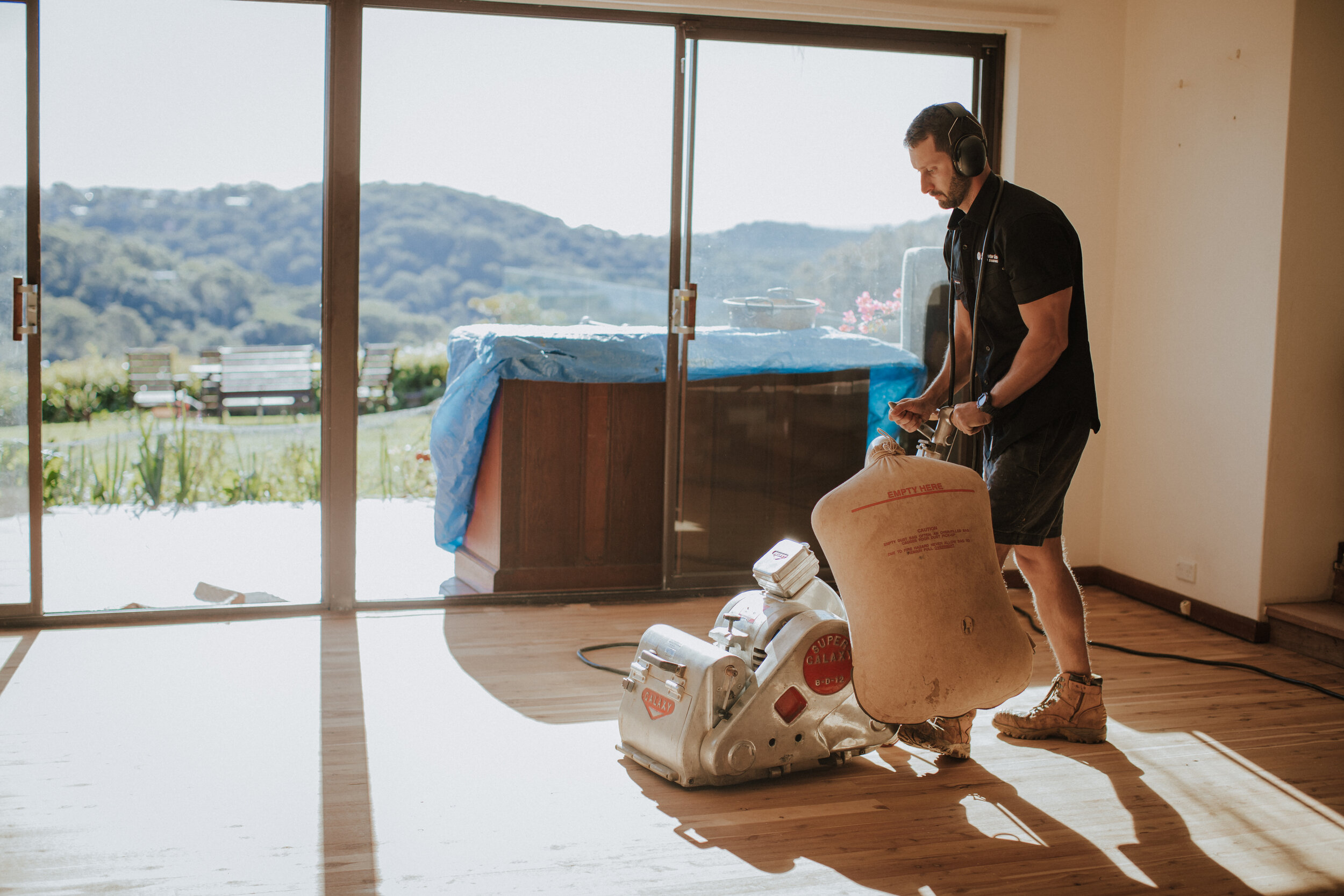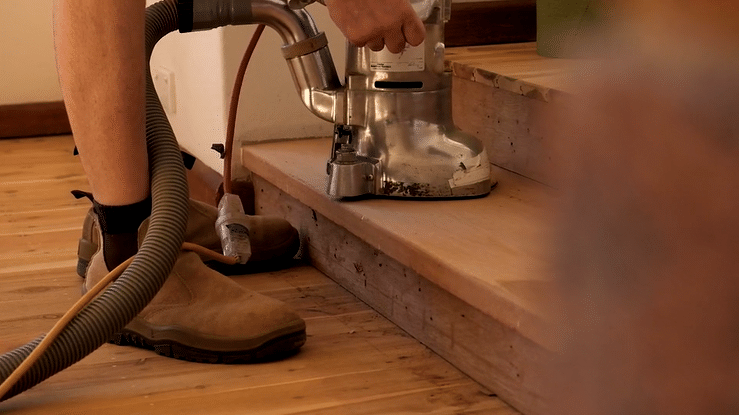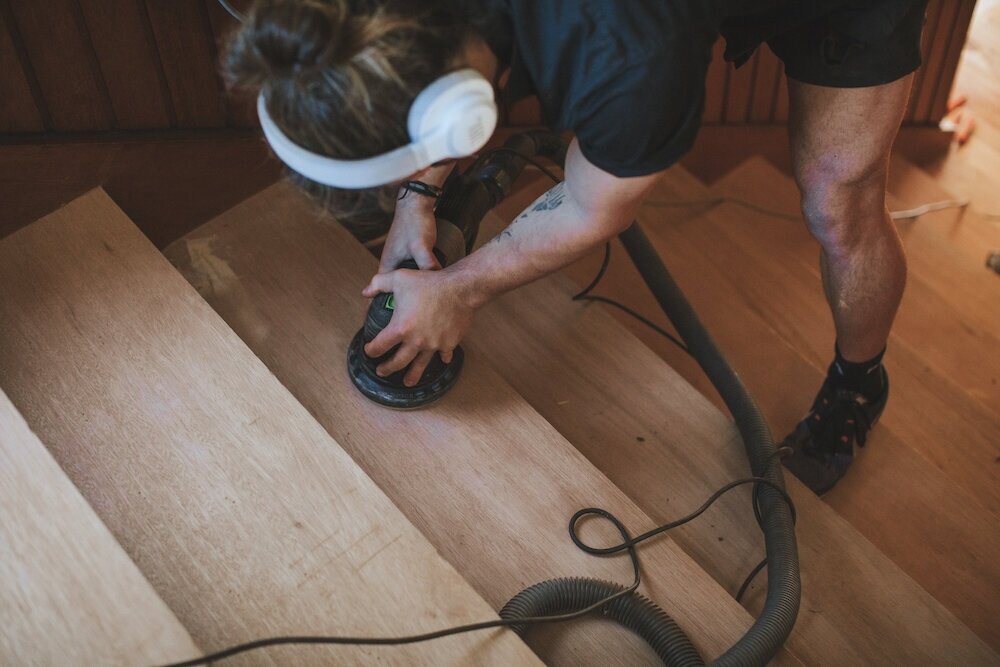How We Restore Timber Floors
At Pittwater Eco we have an experienced team who can bring old damaged flooring back to its former glory, often to look like a brand new floor. And if your floor is a few decades old, we work hard to bring out the unique character and story of your floorboards, to make it a feature of your home.
Inspection and Quoting
Every floor is different and requires careful examination. When we’re inspecting your floors we will assess;
The condition of the existing subfloors
The condition of any supporting timbers
If there is any water or termite damage
How many times they have been sanded previously (how much timber is left on top of the tongue or on top of the subfloor)
What stain or finish has been previously used
Once all of these aspects have been considered, we’ll make a recommendation regarding the required work, timeframe, and what type of finish would be most suitable for the type of timber and your lifestyle.
The Process we use to Restore Timber Floors
We’ve broken down the restoration process into 6 steps, of which any or all of the following may be needed depending on the age and condition of your flooring, and your budget.
1. Removal of Old Floor Coverings
If the existing floorboards are covered with carpet, vinyl, or tiles we first remove these. This may also involve stripping old glue from the timber with our sanding machine, and removing staples, old nails, and any other materials stuck to the floorboards.
2. Subfloor Preparation
There are many aspects involved in subfloor preparation and some issues are actually specific to Sydney due to the materials and the style of the building. For example, when assessing the structure beneath the floor, we often come across issues in homes on Sydney’s Northern Beaches that are built on sandstone foundations.
Another common issue that needs to be rectified is termite or water damage in the bearers and joists. If the source of the termites or water (seepage, leak, or rising damp) has not yet been dealt with, then at this point we would call in the plumber, building inspector, or pest control expert to rectify the problem.
Once the source of the problem is eliminated, we can then work on replacing the damaged timber from underneath the house, ensuring that the structural timber is strong and safe to support the flooring above it.
3. Repairs and Replacement of Timber Floorboards
In many older Sydney homes, especially those that have been renovated or extended, there may be areas where the timber floor isn’t consistent. For example, sections where a wet area or fireplace has been removed or extensions made to the house where other floor coverings were used.
If your project requires timber floors throughout, our job is to make the floor as consistent as possible. This may require sourcing the same timber as the existing floorboards.
Sourcing New Timber
Unless there are spare boards stored on your property, we will source the same timber to match your existing flooring. We’re able to source timber through recycled building material companies across Australia, although budget and time constraints are also important considerations and we may need to purchase these as new.
If your floor is particularly old, the timber may also be a rare species (such as Kauri or King Billy pine), or particularly sized boards that are no longer milled in the same way. If this is the case we will discuss some alternate options.
Replacing Floorboards
Once we have the timber, our timber floor repair specialist will remove your damaged boards and then, using precision tools and machinery, will cut each new floorboard to fit seamlessly into your existing floor. Each board will be staggered and colour selected so as not to create an obvious patch where the repair is.
4. Punch and Fill
Where top nails have been used (as with most floors more than 30 years old), and with all boards 130mm wide or more, the nails must be individually punched under the surface of the board with a hammer and nail puncher. The nail holes will then be filled with putty to match the colour of the timber. In the case of old recycled flooring with many character marks, we often use a black butty to highlight the character or ‘story’ of the floor rather than disguise it.
5. Sanding Floorboards
The floors are then sanded in the same way as any other new floor. However, old floors will often require initial leveling with a rough grit such as 40-grit sandpaper.
6. Coating and Floor Polishing
With any timber floor restoration, the style and history of the building may often dictate the type of finish that is chosen. For example, if it is a heritage building, it may require a finish to match the age and style of the building and to show the original timber in the most effective way.
However, if the restoration was extensive and there are differences visible between old sections of the floor and new sections, or if the timber was unable to be matched in the case of a rare timber, then you may choose to stain the floor to create a consistent look for the whole space.
Sydney’s Timber Restoration Experts
If you have any questions regarding the restoration process or the costs involved, don’t hesitate to contact our professional team to discuss your options.


